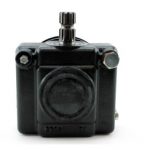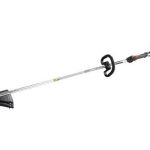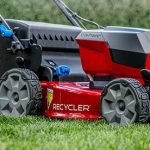So, you’ve picked out the type of grass you want on your lawn, meaning that you’re on your way to your own Lazy Lawn. Maybe you’ve even spent the time putting in the sod or doing the seeding yourself – or just paid someone. That is one step that there is no lazy way around, and that you can’t take shortcuts on. Now, you’ve got to maintain it.
The first step in maintenance is growth. Yes, growth means having to get off the hammock and cut the grass at a later point, but we’ll get to that later. You need growth to make your Lazy Lawn worth having, as a stagnant, ungrowing lawn is not an attractive lawn, and the whole point of this is to get a nice lawn as easily as possible, so stop groaning.
The primary need of grass is water, but don’t think that watering your lawn weekly is a good thing. This promotes rapid growth, and you don’t want that. It also will promote the growth of weeds, which is even worth than rapid growth – weeds mean having to get down in the dirt and pull out root systems, and that’s extra work. So instead of timed sprinklers or standing out with the hose on a weekly basis, only water your grass when it is clearly needed: when the tips begin to curl and the color loses its original luster, it is time for some water. When it needs water, water thoroughly, giving the lawn half an inch of water, then taking a 90-minute nap, then giving the lawn another half-inch of water. This sort of watering will help the grass roots push deeper and choke out the weeds.
Grass also needs fertilization, but not too much. For the great Lazy Lawn, you want to fertilize once a year, in the fall, right around Labor Day. Forget the winterizer fertilizers or the multiple summer applications, get a high-quality normal fertilizer with slow-release nitrogen. If you’d rather go the organic way – and why not, especially as it is sometimes cheaper – see about some unusable moldy hay from a local farm, or even corn gluten. Another great way to fertilize is to not rake much in the fall, instead giving the lawn one last mow and shredding the leaves to add to the soil.
Adding liquid lime can also be helpful to your lawn, attracting earthworms who will turn your dirt into healthy soil, and counteracting acid rain. This only needs to be done once a year, and it does not need to be sprayed on heavily – just enough to coat. Once a year isn’t asking too much, is it?
Lastly, mulch your grass. Not saying to go out and buy bags of mulch and spread them, but merely make sure not to clear the clippings from your lawn after mowing. If you have a mulching mower, it will create evenly distributed mulch that will feed the grass. If you do not have a mulching mower, some light raking or blowing the clippings around the lawn evenly with a leaf blower set on low to evenly distribute them is recommended, as clumps of grass left on the lawn will do more harm than good. No reason to throw away some perfectly good lawn food.







